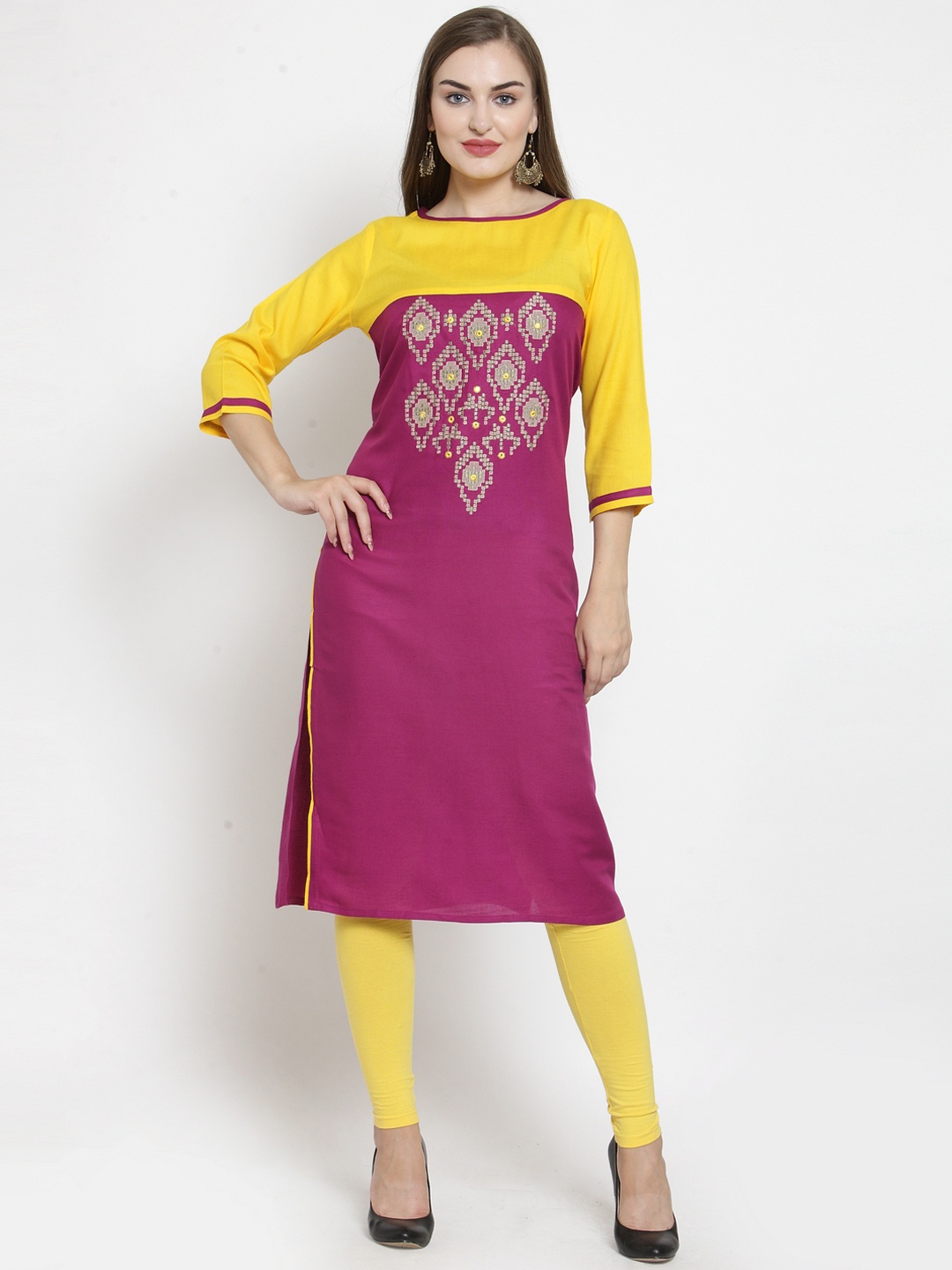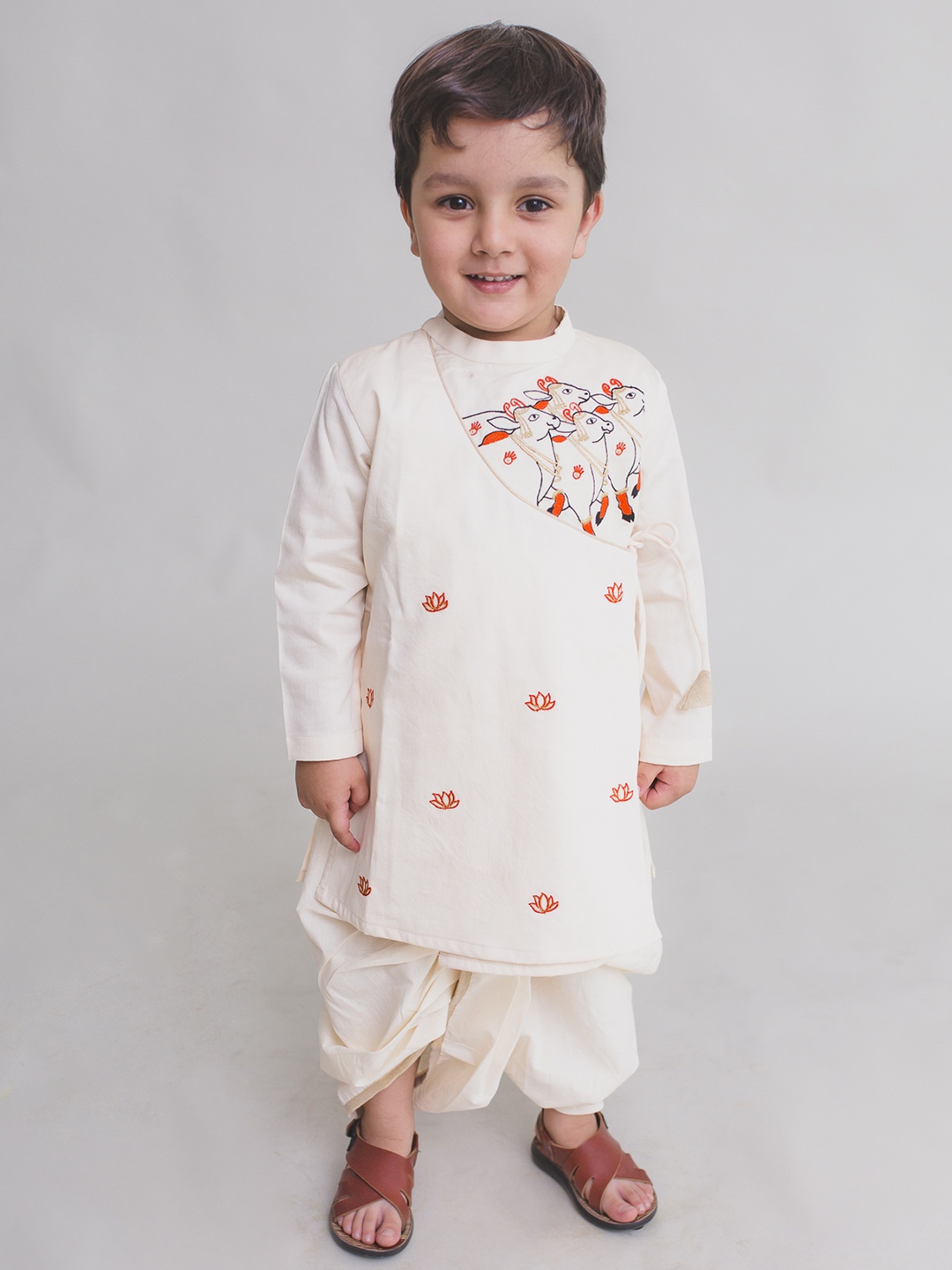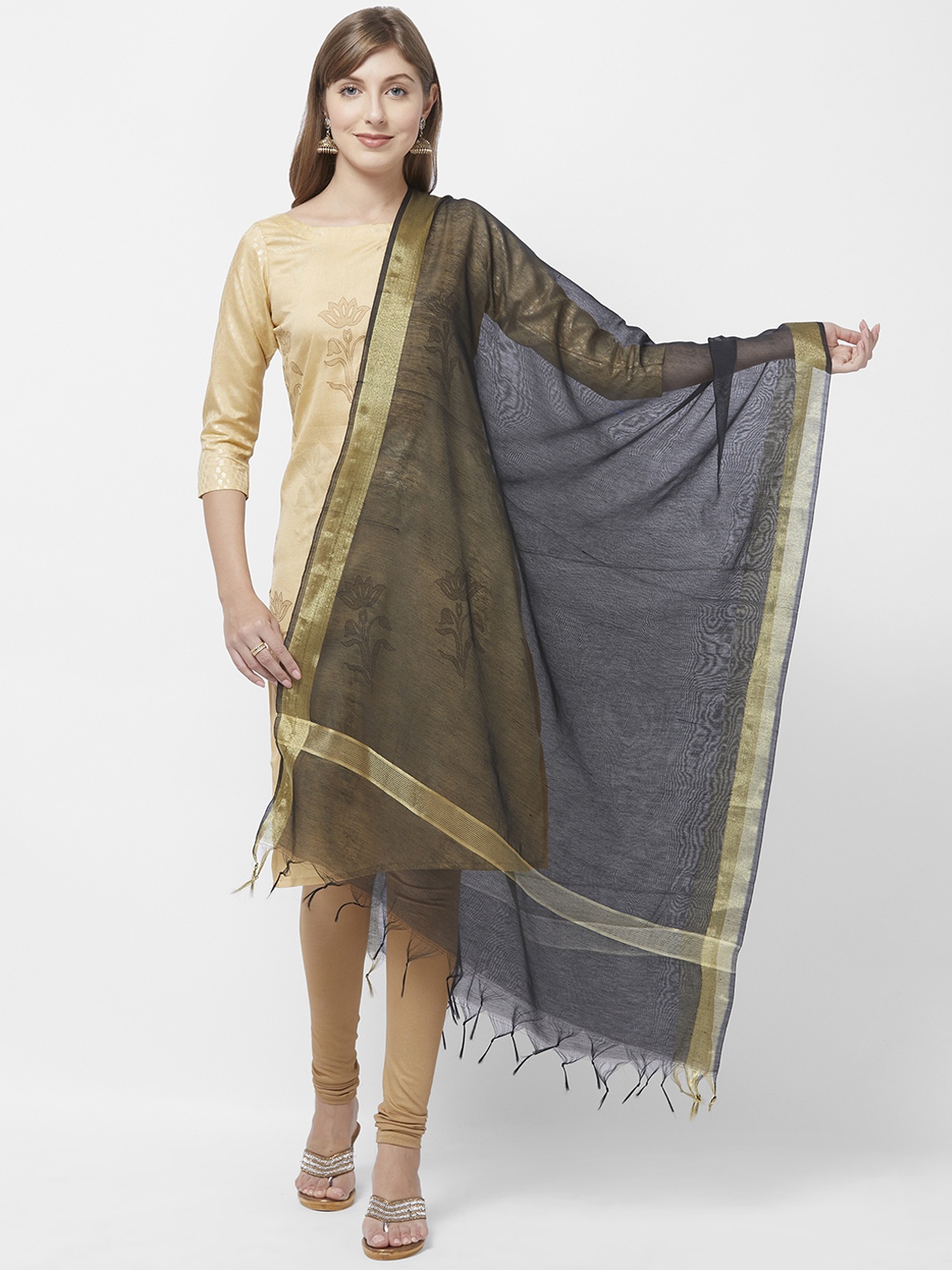How To Wash Running Shoes Without Ruining Their Grip Or Shape
Running shoes are loyal companions that endure miles of sweat, dust and unexpected puddles. This guide spills the secrets to washing your running shoes safely, keeping them clean, fresh and ready for the next sprint. Here's all about how you can clean your running shoes at home.

Best Way To Clean Running Shoes Safely: Keep Them Fresh, Firm And Long-Lasting.
There's a certain pride in pulling on clean running shoes, that subtle bounce, that feeling of starting fresh. But let's face it, washing them is an emotional gamble. One wrong move, and your trusty pair could shrink, lose grip, or end up looking like soggy bread. Yet, ignoring the grime isn't an option either. After a few sweaty jogs through city dust or countryside trails, those shoes become miniature ecosystems of dirt and odour.
This isn't just about vanity; it's hygiene and performance too. The way running shoes handle sweat, dirt, and moisture directly affects their comfort and longevity. Learning how to clean them the right way not only saves you money but also keeps your next run light and fresh.
So, if you want to know how to wash your running shoes, learn the safest hacks - keeping the grip strong and shape intact - so your favorite pair is always ready for peak performance and comfort.

Use these simple tips to clean your running shoes at home
Photo Credit: Pexels
Your Complete Guide to Washing Running Shoes Safely
1. Know Your Shoes Before You Wash Them
Before splashing a drop of water, take a moment to understand what your shoes are made of. Running shoes come in many forms, mesh, knit, leather overlays, or synthetic materials, and each reacts differently to water and soap. Mesh and knit fabrics can handle a gentle hand wash, but leather or suede details demand extra caution. Look for the care label inside the shoe; it's the secret note from the manufacturer that tells you exactly how to treat them.
If you've spent ₹6,000 or more on a good pair, it's worth respecting the details. Some brands use adhesives that weaken with heat, while others have foam midsoles that shouldn't soak too long. Knowing your shoe type saves you from nasty surprises like peeling soles or hardened uppers. Think of it like knowing how to brew tea properly, the right technique makes all the difference between perfect and ruined.
2. Remove Laces and Insoles – Let Them Breathe
One common mistake is tossing the whole shoe into a bucket or washing machine. The laces and insoles are like the lungs of your shoes; they trap the most sweat and odour. Removing them helps your cleaning reach every hidden corner.
Soak the laces separately in a mild detergent solution for about 15 minutes. If they're still grimy, scrub gently with an old toothbrush. Insoles, on the other hand, need more delicate care. Mix warm water with a few drops of gentle liquid detergent and wipe them with a soft cloth. Avoid soaking them, most insoles have foam padding that can warp when too wet.
Once cleaned, let both laces and insoles air dry naturally. Avoid putting them in direct sunlight; the heat can make them stiff or brittle. By giving each part attention, you ensure your shoes dry faster and more evenly. Plus, a pair of fresh-smelling insoles can make the world of difference during those early morning runs.
3. Brush Off the Mud Before It Settles In
Before dunking your shoes in water, remove as much loose dirt as possible. Use a soft or medium-bristle brush, even an old toothbrush works wonders. Knock the soles together outside to shake off dry mud and stones stuck in the treads. This simple step prevents the grime from spreading when you start washing.
If your shoes are caked with mud from a rainy run, let them dry first. Trying to scrub wet mud only makes it worse; it spreads like chutney on toast. Once dry, dirt flakes off easily. Pay extra attention to the grooves under the soles; that's where bacteria love to hide.
A quick dry brush not only saves your detergent but also helps preserve the shoe material. It's a small ritual that shows respect to the miles those shoes have carried you through, from busy streets to quiet park trails.
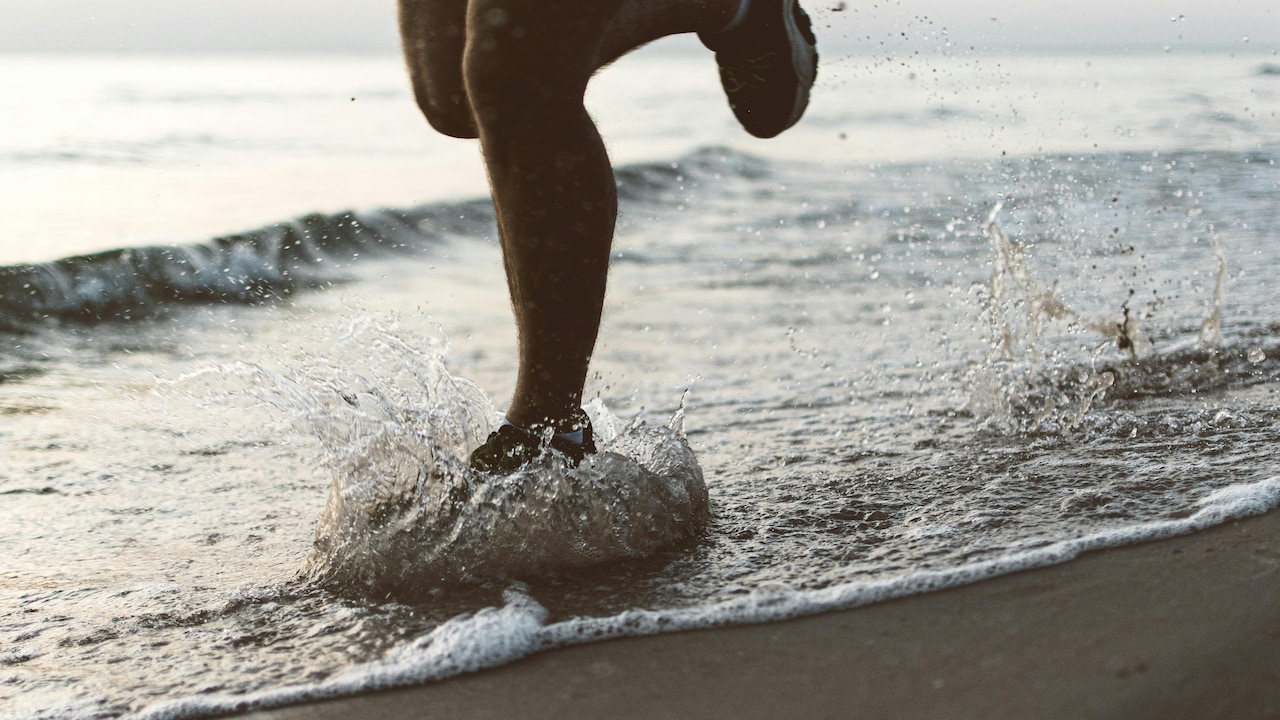
Remove the mud before it settles in your shoes
Photo Credit: Pexels
4. Choose the Right Cleaning Solution – Less Is More
When it comes to washing running shoes, harsh detergents are the villains. They might promise a “deep clean,” but they also strip away the glue and coatings that keep your shoes flexible. The best solution is simple: mix a few drops of mild liquid detergent or baby shampoo in a bowl of lukewarm water.
Avoid using bleach, fabric softeners, or strong laundry liquids. These chemicals can damage mesh fabric, fade colours, and weaken adhesives. If your shoes have white soles, a baking soda and water paste works well to lift stains gently.
A soft cloth or sponge is enough to clean the upper surface. Dip it lightly, swirl away the dirt, and rinse with clean water. Remember, the goal isn't to drown your shoes but to refresh them. Treat it like washing your face, gentle, thorough, and never rushed.
5. The Hand-Wash Method That Works Every Time
For most running shoes, hand washing is the safest route. Fill a bucket halfway with lukewarm water and dip your soft brush or sponge in it. Clean the upper part in circular motions, focusing on stained areas. Then move to the soles, scrubbing firmly to remove dirt lodged in the grip.
A toothbrush helps reach the smaller crevices. If the shoes are heavily soiled, repeat the process with fresh soapy water. Avoid submerging the shoes completely, that can loosen glue and distort shape. After washing, wipe them gently with a clean, damp cloth to remove soap residue.
Once done, stuff the shoes with old newspaper or kitchen paper to absorb moisture and help them retain shape. Replace the paper every few hours until the shoes are almost dry. It's an age-old trick that still works better than any modern gadget.
6. Avoid the Washing Machine Temptation
Yes, tossing your shoes into a washing machine sounds easy, but it's a risky affair. The spinning motion and heat can warp the sole, weaken stitches, and even melt adhesives. Even if the label says “machine washable,” it's best to err on the side of caution.
If you must use a washing machine, use a gentle cycle with cold water and place the shoes inside a laundry bag or pillowcase. Add a few towels to balance the load. Skip the spin-dry option and never use a dryer. The noise alone could wake the entire house, and the aftermath could break your heart.
Machine washing might seem quick, but hand washing shows care. It's a meditative process, one that restores not just your shoes but also a bit of peace after a long, dusty run.
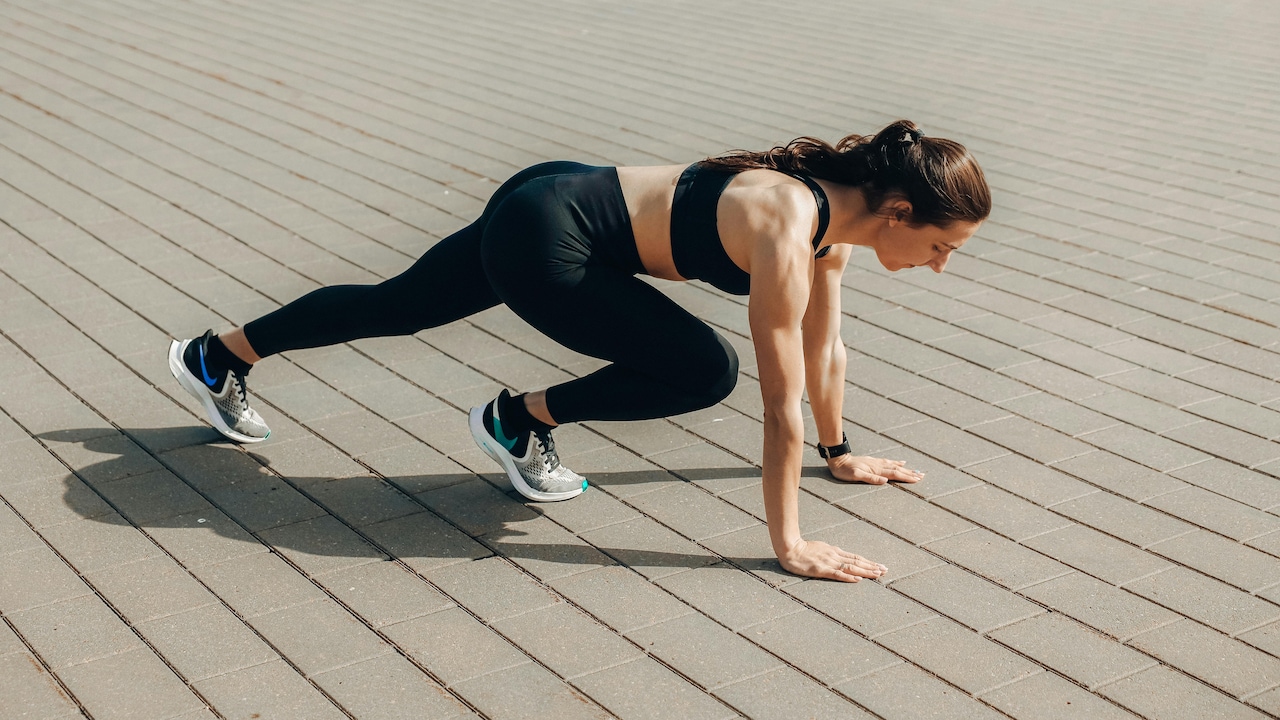
Do not throw them in the washing machine
Photo Credit: Pexels
7. Drying Them Right – No Sunbathing, Please
Drying is where many good shoes go wrong. The temptation to leave them in the sun to “speed things up” is understandable, especially on a warm afternoon. But direct sunlight or heat from a hairdryer can deform the midsole and fade colours faster than you think.
Instead, find a cool, shaded, well-ventilated spot. If you've used paper stuffing inside, change it periodically until the shoes are completely dry. It might take 24–36 hours, but patience pays off. A pedestal fan or ceiling fan can help speed up the process without causing any harm.
Some runners even place their shoes near a window with soft morning light, enough warmth, no damage. Remember, your shoes have been through rough runs; they deserve a gentle rest.
8. Odour Control: The Secret to Always-Fresh Shoes
Even clean shoes can develop that “not-so-fresh” smell after a few uses. To keep odour away, sprinkle a bit of baking soda inside your shoes overnight. It absorbs moisture and neutralises smells naturally. Shake it out before wearing them again.
You can also use a few drops of essential oil, eucalyptus or tea tree work well, on a cotton ball and leave it inside the shoe. It's a simple way to bring freshness without chemicals. If the smell persists, it might be time to wash your socks more frequently or switch to moisture-wicking ones.
Keeping shoes dry between runs is the best long-term solution. Moisture is the root of most odours and bacterial growth. Store your shoes in a breathable area, never sealed inside plastic bags or cupboards.
9. Protect the Grip – The Sole of the Story
The grip is what separates a good running shoe from a slippery one. Cleaning the outsole properly is essential for safety and performance. Dirt and small stones trapped in the tread can reduce traction and cause uneven wear.
After every wash, inspect the sole carefully. Use a blunt stick or an old toothbrush to remove stubborn bits. If you run often on rough or muddy surfaces, this routine becomes even more important. Avoid scrubbing too hard, soles are durable but not indestructible.
A monthly deep clean ensures the grip remains firm, helping you avoid those awkward mid-run slips. Think of it as maintenance for your safety, a few minutes of care that could save you from a twisted ankle on the next monsoon morning.

Protect the grip of your shoes at all costs; Photo Credit: Pexels
10. Long-Term Care: Keeping Them Fresh Between Washes
The best way to make your running shoes last is through consistent small efforts. Air them after every run, even if it's just for ten minutes on the balcony. Moisture trapped inside is the silent killer of shoe longevity.
Alternate between two pairs if you run frequently; this gives each pair time to recover fully. A shoe tree or crumpled newspaper helps retain shape during storage. And if you ever get caught in the rain, remove the insoles and dry them separately before storing.
Every few weeks, give your shoes a light wipe, even if they don't look dirty. That prevents buildup and saves you from deep cleans later. Remember, running shoes aren't just gear, they're partners on your fitness journey. A little attention goes a long way in keeping them fit for miles ahead.
Products Related To This Article
1. REEBOK Flash Athletic Running Shoes For Men
2. Asics GEL-EXCITE 10 Running Shoes For Men
3. CAMPUS MIKE (N) Running Shoes For Men
4. Skechers D'Lux Walker - Pensive Running Shoes For Men
5. PUMA Hustle V2 IDP Running Shoes For Men
Washing running shoes isn't just a chore, it's a quiet act of gratitude towards something that's carried you through every kilometre, every sweaty sprint, and every stumble. A clean pair doesn't just look good; it performs better, lasts longer, and makes each run feel lighter.
By treating your shoes with care, brushing before washing, choosing gentle cleaners and drying patiently, you preserve not just their grip and shape, but also your comfort and confidence. So, the next time your running shoes look like they've survived a storm, remember: a little care, a touch of patience, and ₹0 spent on fancy products can make them look (and smell) like new again.
Because when your running shoes are happy, every step feels a bit easier.
Disclaimer: The images used in this article are for illustration purpose only. They may not be an exact representation of the products, categories and brands listed in this article.











